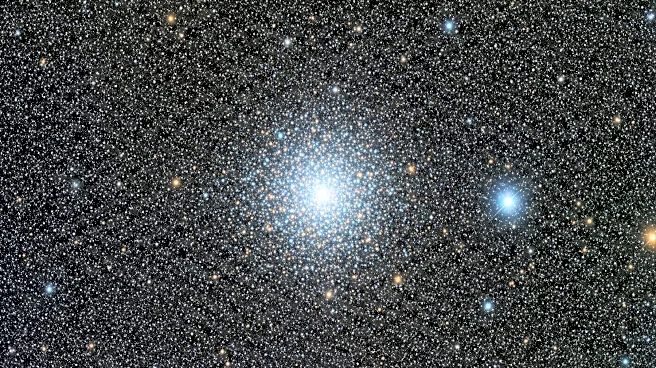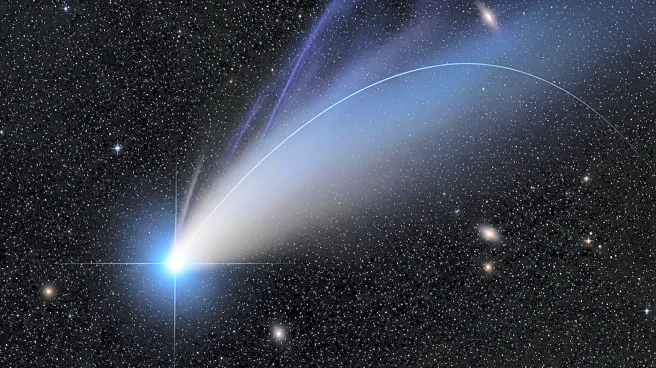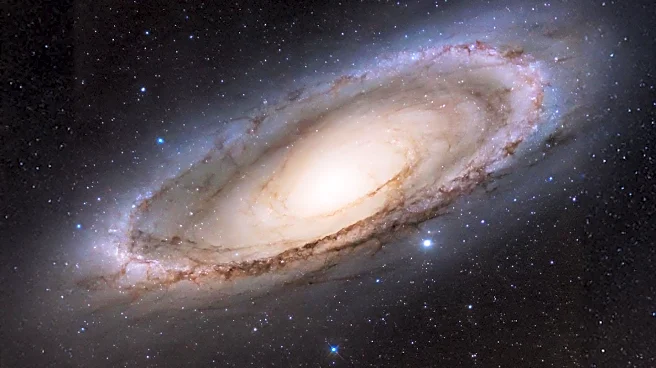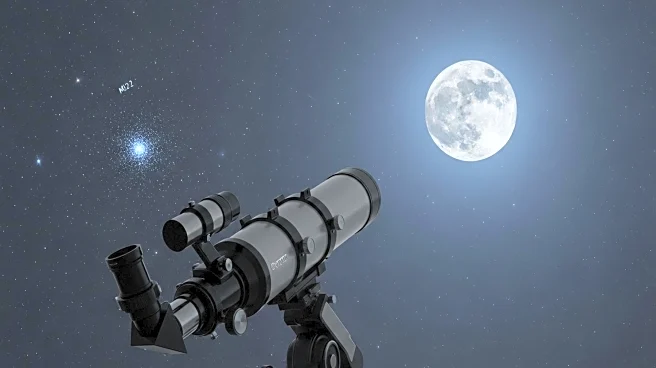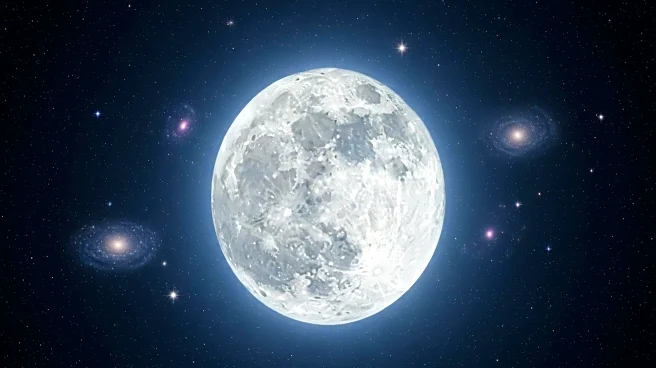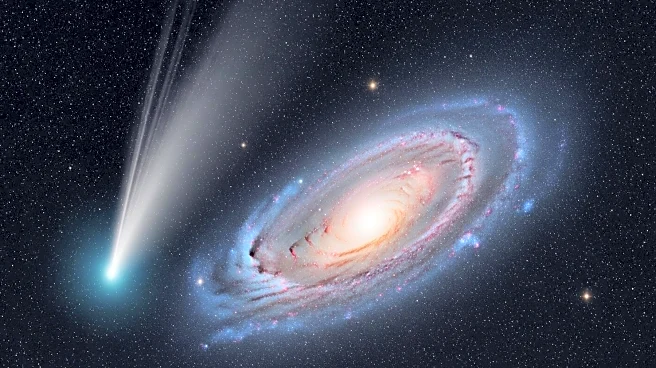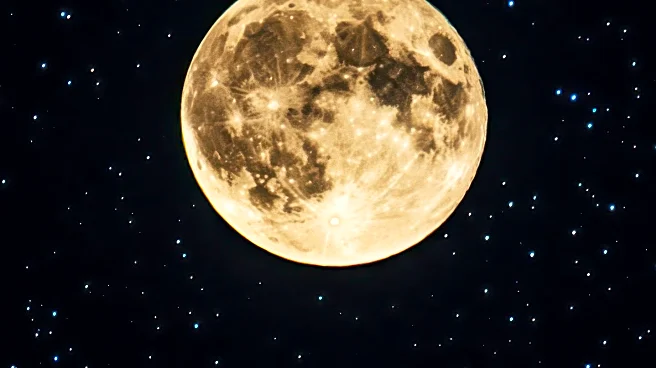What's Happening?
Venus, the bright planet visible in the eastern sky before sunrise, is spending its last day in the constellation Leo. By 6 A.M., Venus is prominently visible above the eastern horizon, shining at a magnitude of -3.9. The planet is set to transition into the constellation Virgo by the following morning. Observers can view Venus's gibbous phase, which is approximately 93 percent illuminated, through binoculars or telescopes. The planet's disk appears to be shrinking as it moves further away from Earth in its orbit around the Sun. Venus is expected to remain visible until November, after which it will become too close to the Sun to be observed until early 2026.
Why It's Important?
The movement of Venus from Leo to Virgo marks a significant event for astronomers and sky watchers, as it provides an opportunity to observe the planet's changing position and phase. This transition is part of Venus's larger journey towards a conjunction with the Sun, expected in early 2026. The visibility of Venus in the morning sky offers a chance for educational and recreational observation, contributing to public interest in astronomy. The event also highlights the dynamic nature of planetary movements and their impact on celestial observations.
What's Next?
As Venus moves into Virgo, astronomers and enthusiasts will continue to track its progress across the sky. The planet will remain a subject of interest until it becomes too close to the Sun for observation in November. This period offers a window for further study and public engagement with astronomy. Observers are advised to use caution and avoid using optics close to sunrise to prevent eye damage.


